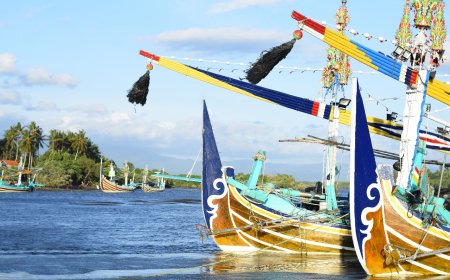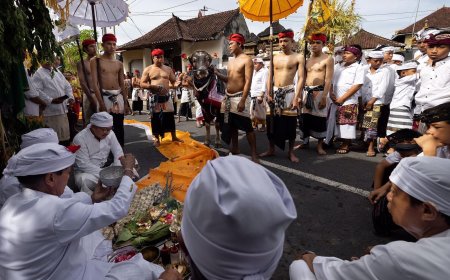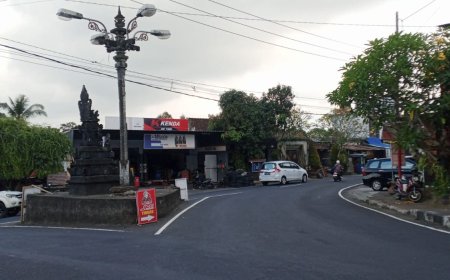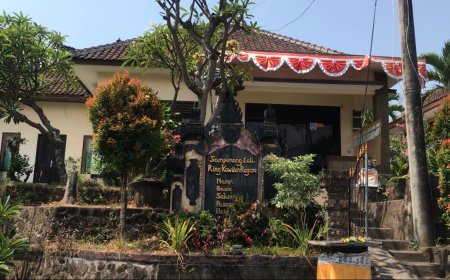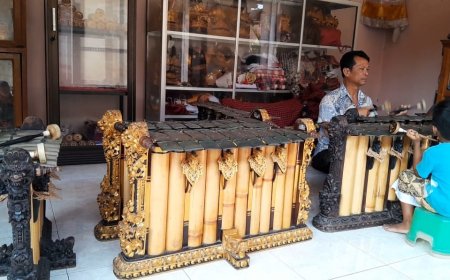Cau Belayu Village: Serenity and Beauty on the Island of the Gods
Cau Belayu Village, a hidden gem in Bali, captivates hearts with its breathtaking natural beauty. Surrounded by vast green rice fields and the fresh air of the countryside, this village is an ideal destination for anyone looking to experience the peace and natural beauty of Bali in its purest form.
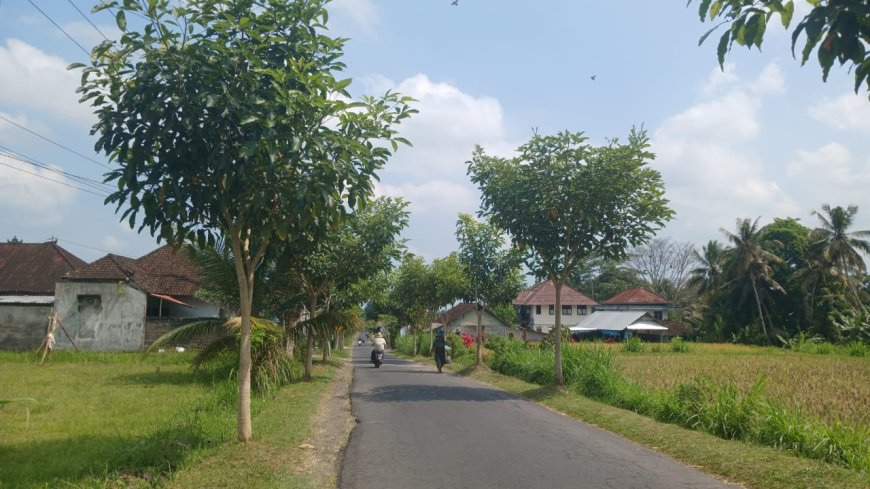
Cau Belayu Village, a small village located in Marga Subdistrict, Tabanan Regency, Bali, boasts enchanting natural beauty and rich cultural heritage. It is one of the 16 villages in Marga Subdistrict and is situated about 12 kilometers east of Tabanan city center. With its serene, peaceful rural atmosphere far from the hustle and bustle of urban life, Cau Belayu offers an authentic experience of Balinese village life. Located at an altitude of approximately 250 meters above sea level, the village enjoys a cool climate, making it an ideal destination for visitors seeking tranquility and refreshment. The lush and fertile lowland landscape surrounding the village enhances the natural beauty that is quintessentially Bali, making it the perfect getaway to unwind from the daily grind. Visitors to the village can enjoy expansive views of rice fields, shady trees, and fresh air while interacting directly with the simple yet meaningful lives of the village community.
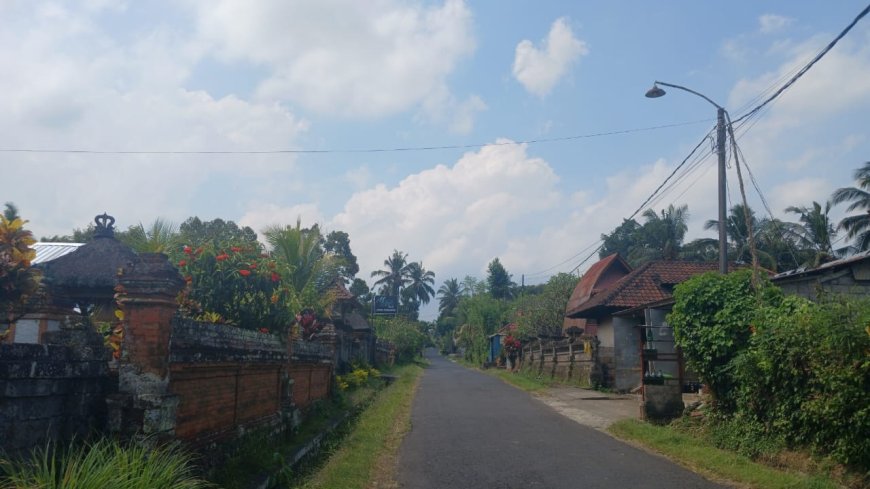
Residential Area of Cau Belayu Village (Source: Author's Collection)
Cau Belayu Village not only showcases breathtaking natural beauty but also offers preserved local wisdom through its unique territorial divisions. The village is divided into four Banjar Dinas: Banjar Dinas Cau Belayu, Babakan, Padangaling, and Seribupati. Each Banjar Dinas has its own characteristics and uniqueness, reflecting the cultural diversity and life of the village community. Despite their differences, the four banjar live in harmony, upholding the customs and values of togetherness passed down by their ancestors. Additionally, the presence of two Desa Adat, namely Desa Adat Cau Belayu and Desa Adat Seribupati, plays a crucial role in maintaining local traditions and culture. These Desa Adat are vital in preserving ceremonial practices, social etiquette, and the community's relationship with nature. This division of territory reflects how modern life and local traditions can harmoniously coexist, creating a balance between development and cultural preservation.
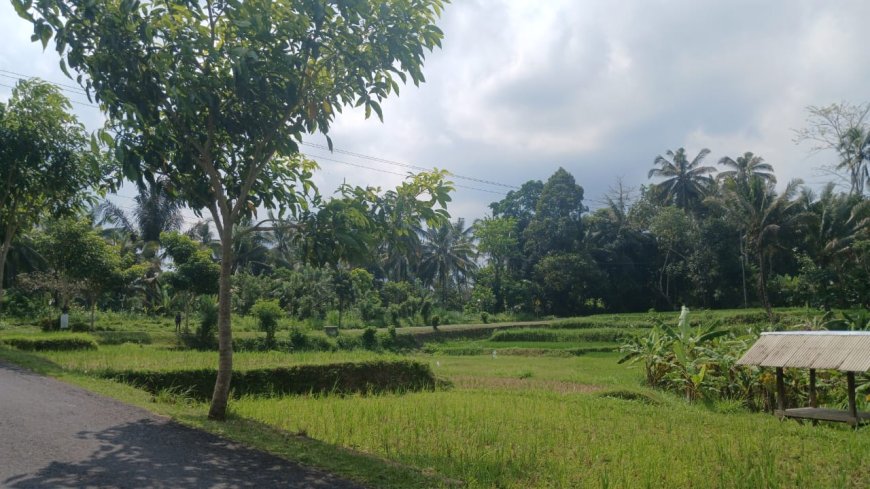
Rice Field Area in Cau Belayu Village (Source: Author's Collection)
Cau Belayu Village has great potential to be developed as an agro-tourism destination. With a total rice field area of 112 hectares, this village is not only an important agricultural center for the local population but also an attractive spot for those who want to experience Balinese agricultural life firsthand. The lush, expansive green rice fields, coupled with the traditional Subak irrigation system, create a captivating and tranquil atmosphere. Visitors to the village can observe the farming process up close, from planting to harvesting rice. Additionally, tourists can participate in agricultural activities, such as planting rice or harvesting crops, which certainly provides a memorable experience. This potential makes Cau Belayu Village a favorite destination for travelers looking to connect with nature and experience the well-preserved traditional farming life in Bali.
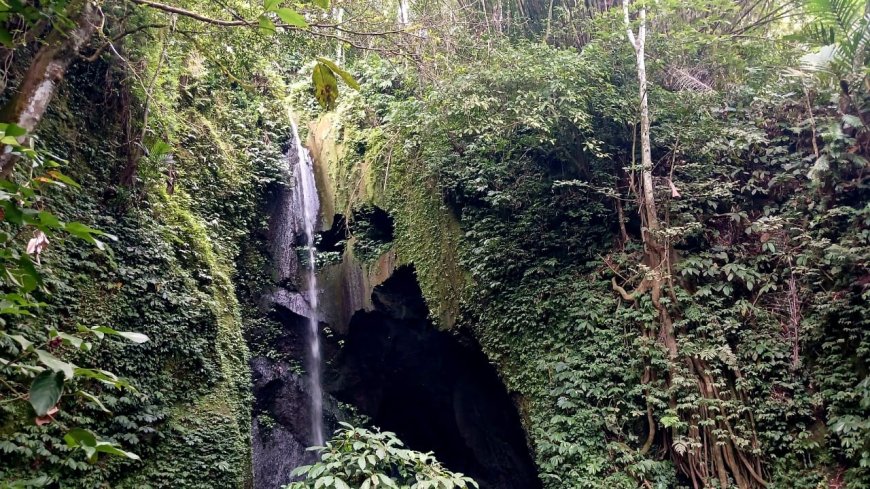
Pengempu Waterfall (Source: Author's Collection)
One of the main attractions of Cau Belayu Village is the Pengempu Waterfall, which offers spectacular and pristine natural scenery. This waterfall is surrounded by tall rock cliffs, creating a dramatic and soothing atmosphere. Although the water flow is not very strong, its beauty and clarity provide a sense of peace for every visitor. The sound of water cascading from a height adds to the tranquil ambiance, making visitors feel connected to nature. This location is perfect for those looking to escape the hustle and bustle and enjoy the serenity and pure beauty of nature. Pengempu Waterfall is an ideal spot to relax, take in the views, or simply reflect while listening to the sounds of the natural world.
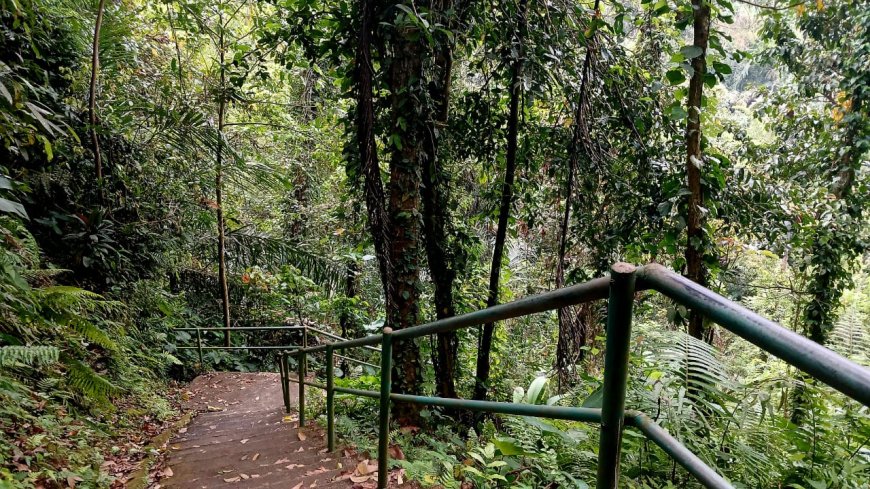
Area Around Pengempu Waterfall (Source: Author's Collection)
The beauty of Pengempu Waterfall lies not only in the waterfall itself but also in the diversity of the surrounding ecosystem. Around the waterfall, there is dense tropical vegetation, with large trees providing natural shade. The green canopy overhead creates a cool and refreshing atmosphere, making it an ideal place to relax. The preserved forest around the waterfall not only enhances the visual beauty but also serves as a buffer for the local ecosystem. This forest is home to various species of flora and fauna that coexist harmoniously. For nature lovers, this area offers a valuable experience to observe the untouched biodiversity. Not far from the waterfall, there is a clear river that flows, creating a natural pool suitable for swimming or soaking. The river, which originates from the waterfall, provides freshness for visitors, who often take advantage of it to unwind while enjoying the tranquil forest atmosphere.
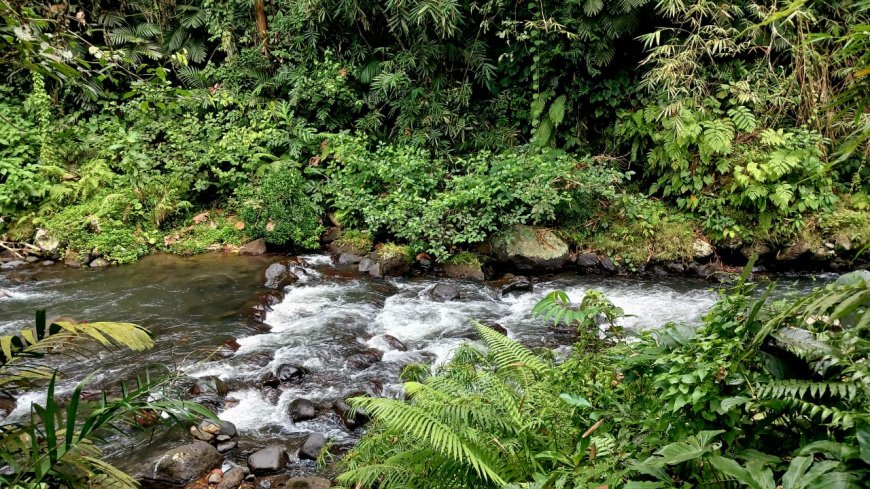
River from Pengempu Waterfall (Source: Author's Collection)
Not far from Pengempu Waterfall, a clear stream flows, creating natural pools perfect for swimming or soaking. The water originating from the waterfall feels fresh and cool, offering a refreshing escape for visitors who wish to relax while enjoying the tranquil forest atmosphere. With dense trees shading the surrounding area, these natural pools provide an experience of bathing in a pristine, serene environment, far from the noise of the city. The clean flowing stream and the untouched natural surroundings offer an unforgettable experience for travelers seeking peace and refreshment amidst nature.
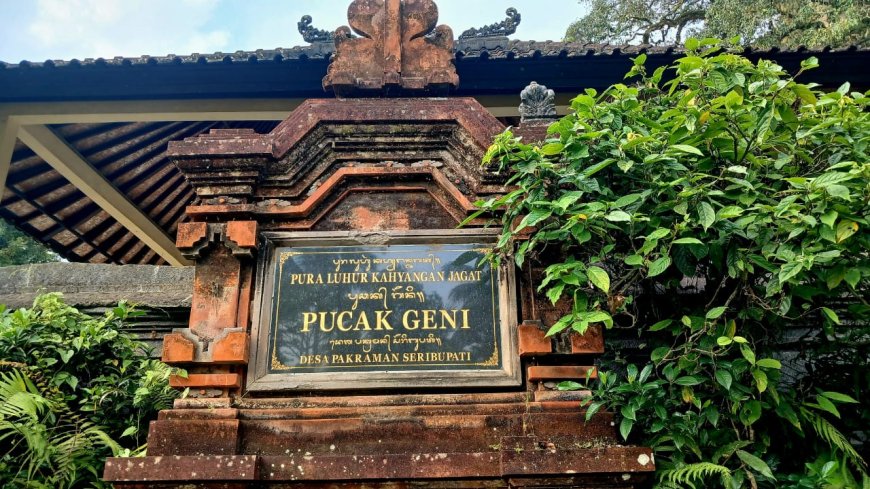
Pura Luhur Pucak Geni (Source: Author's Collection)
Pura Luhur Pucak Geni, is an important temple in Bali that combines spiritual beauty with stunning natural charm. As one of the Kahyangan Jagat (temples of the universe), this temple not only serves as a spiritual center but also offers breathtaking views of nature that captivate every visitor.
Established in the early 20th century, specifically in 1906, the temple was founded after the discovery of a shining stone by Ida Peranda Gria Pemayun while exploring the Padang Jerak forest. This stone sparked a spiritual journey that culminated in the establishment of the temple, which was originally known as Pura Yang Api (Temple of the Fire). Over time, the temple's name changed to Pura Pucak Geni, marking the community's connection with spiritual power and nature.
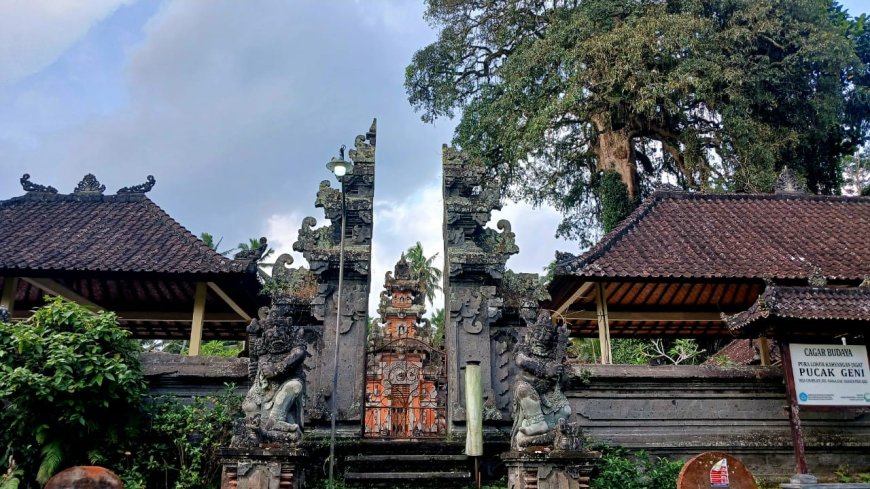
Pura Luhur Pucak Geni (Source: Author's Collection)
Pura Luhur Pucak Geni serves as a center for spiritual activities for the Hindu community in Bali. It is only open on specific days such as Purnama (full moon), Tilem (new moon), and Kajeng Kliwon, making it a meaningful pilgrimage destination. On these holy days, thousands of devotees come to perform panangkilan, a practice that connects them with Ida Batara (the divine) and seeks blessings.
The well-maintained temple, designated as a cultural heritage site in 2010, signifies the importance of preserving cultural and spiritual heritage. The people of Cau Belayu Village hold this temple in great esteem, and every ritual performed there is accompanied by gratitude and devotion.









